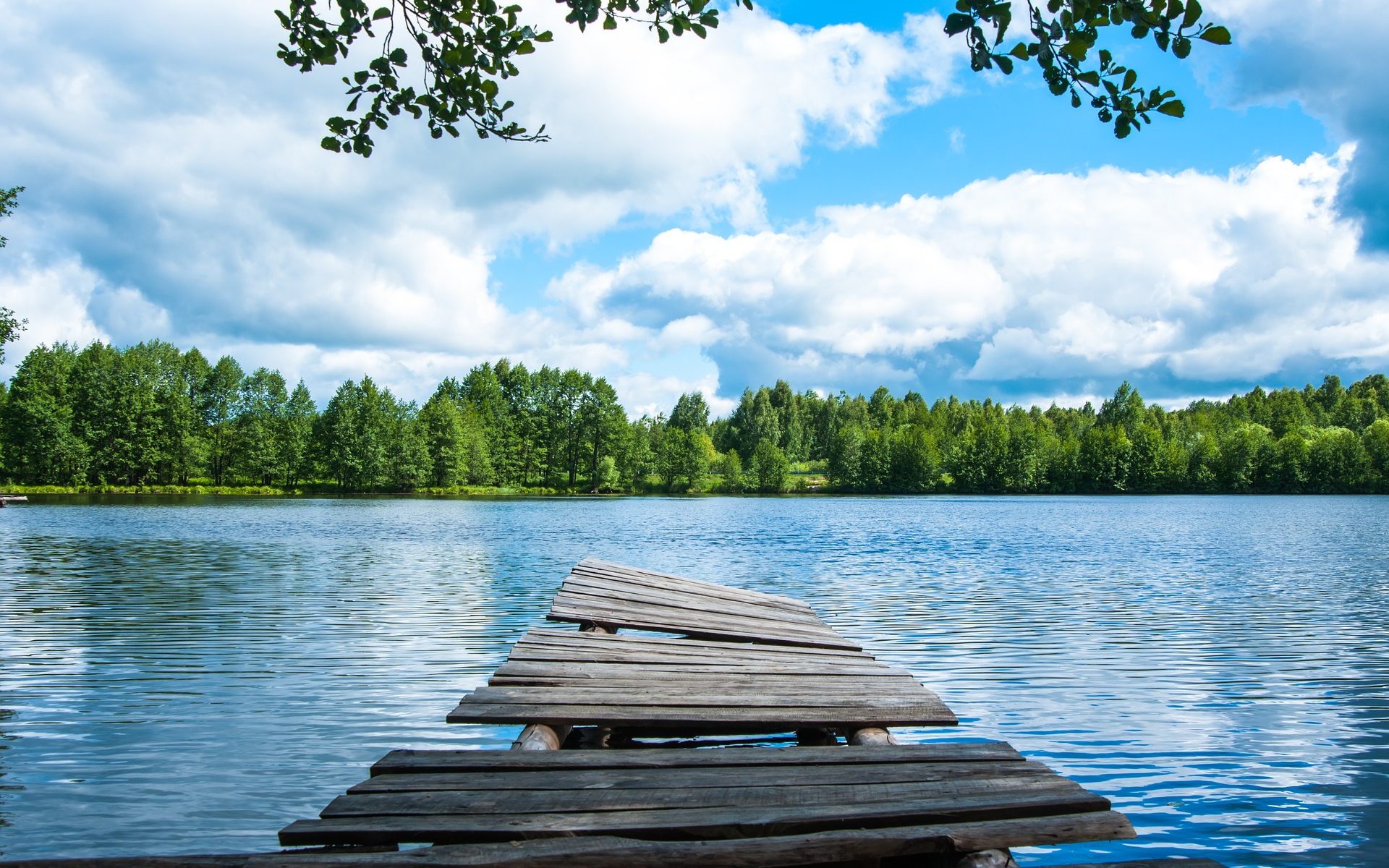In the wellness tourism industry there is talk about so called blue spaces. What are those exactly? Well, blue spaces are referred as spaces with open water. So, trip to the coastline or riverside would be considered as visiting blue spaces. They also include ponds, springs, waterfalls and even spas.
We live in a highly modernized world with next to no connection to the nature at least in the big cities. No wonder people are stressed and unhappy all the time. Work is hectic and one can’t practise selfcare enough or do it the right way. Sure, eating or drinking your feelings is a way to manage them in a pinch but in a long run it’s only harmful to you and people around you. The last thing you should want is to be a burden to the people you love to an overly exhorted way. But stress can be hard to manage on your own, so it’s human to try to release it which ever way takes it away the fastest.
So, why don’t we experiment…
Imagine you arriving to a remote riverside in search of a way to pause your busy life. This is what you see, take a good look at the picture below.

You can see the clear blue water gently rushing by hugging the land around it. You can hear the calming song of the water as it passes you by welcoming you to its presence, inviting you to take a deep breath. You can smell the fresh water in the air with luscious forest around you.
After taking the mandatory Instagram picture you sit down and gaze at the water and maybe get curious about how cold the water is. By touching it you find out its quite chilly but pleasant. The sight, sound and smell of the environment has called you back to where you once belonged. Taking a few more deep breaths filled with fresh air, you can feel the stress melting away.
How did that make you feel?
According to studies blue spaces have a positive effect on the human psychology and wellbeing and they are linked with health and happiness. Mental health is important especially during this pandemic time and going back to nature could be one of the solutions to increase it. Being around aquatic environments has mood increasing properties such as generally being in a better mood and reducing stress and negative moods. Visibility of blue spaces have a lowering impact on psychological distress. This fact could be used in the future when planning cities or it could be a part of one’s moving criteria. The happiest people are said to be those living near a blue space, especially near the ocean.
All in all blue spaces are worth taking a look at when trying to de-stress or pause for a bit. Mental heath is an important force for people to have the strength to keep going in a world that doesn’t sleep. Remembering to take care of yourself increases happiness and peace of mind.
Text: Kia Aroautero, Tourism student from Haaga-Helia.
Kia took part in SAMK’s online course Well-being from Blue Spaces via CampusOnline.
Inspirational sources:
Hunt, E. 2019. Blue spaces: why time spent near water is the secret of happiness. The Guardian.
Pasanen, T. Mathew P. White, Benedict W. Wheeler, Joanne K. Garrett, Lewis R. Elliott, 2019. Neighbourhood blue space, health and wellbeing: The mediating role of different types of physical activity. Science Direct.
Pawlowski, A. 2016a. Updated 2019. Blue spaces beat green spaces when it comes to mental health, study finds. Today.
Pawlowski, A. 2019b. How does nature affect mental health? Living close to park linked with happiness. Today.


